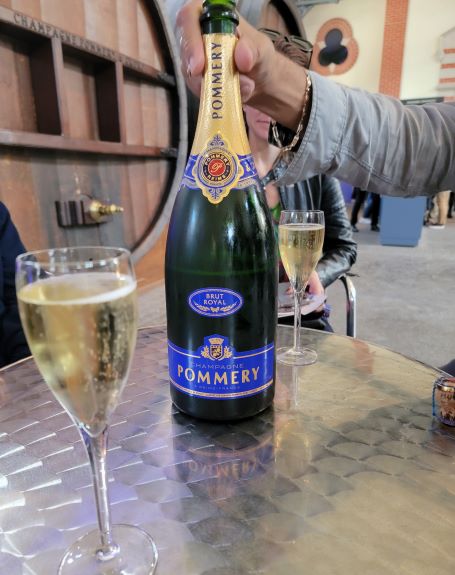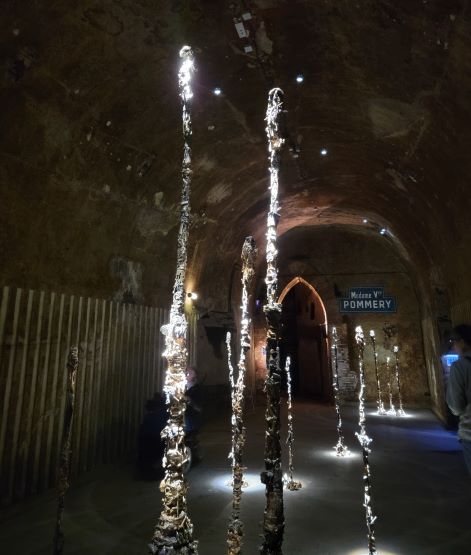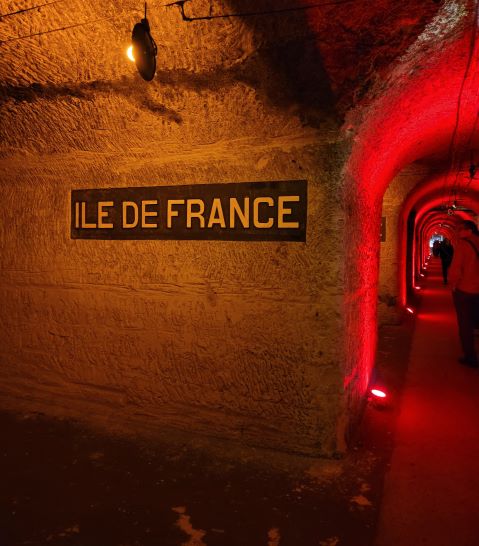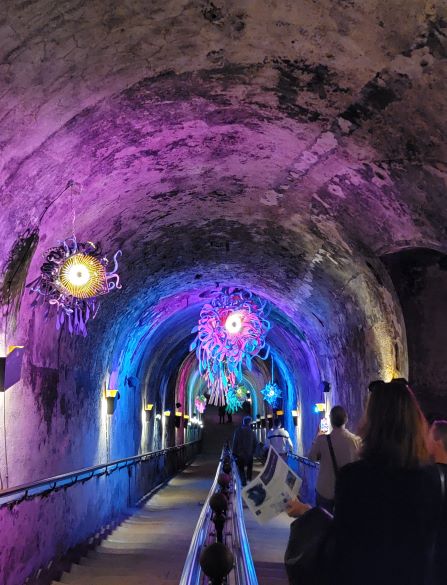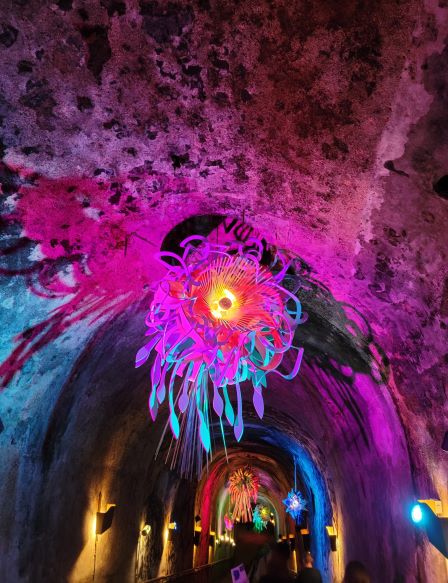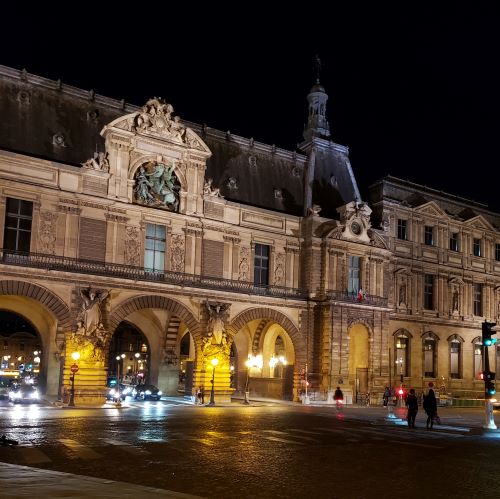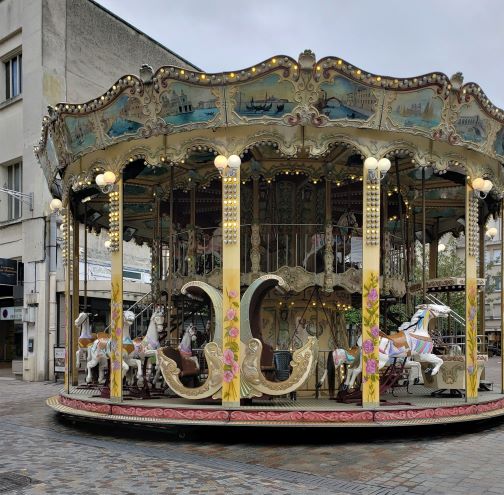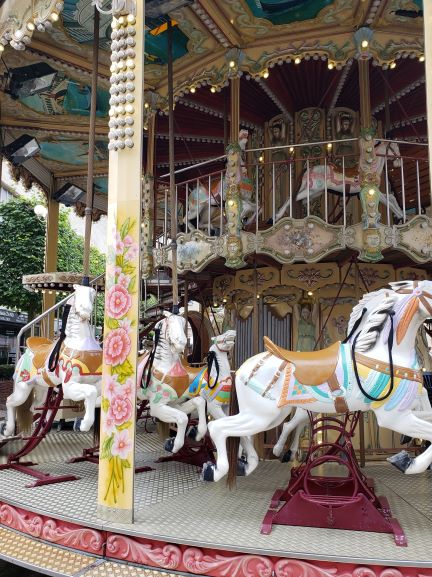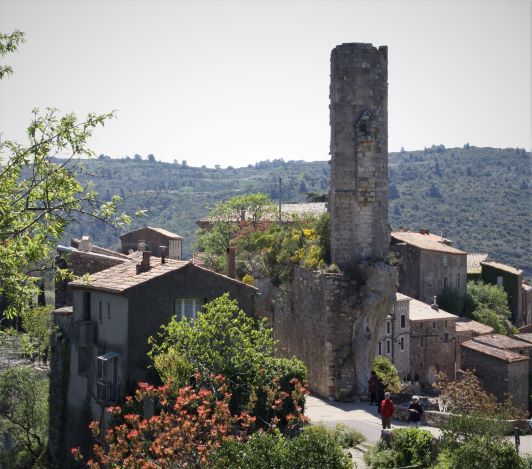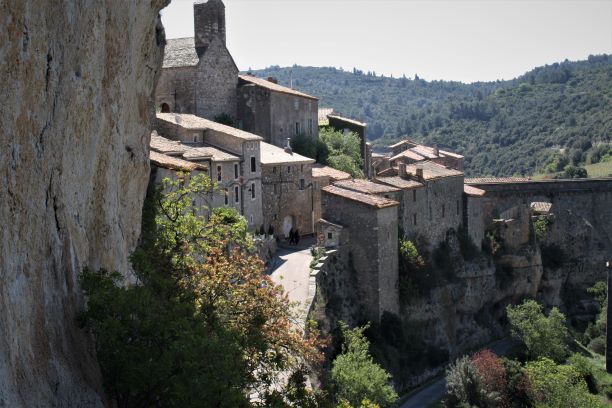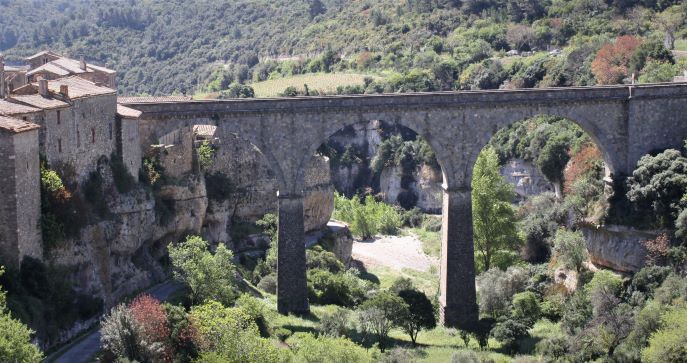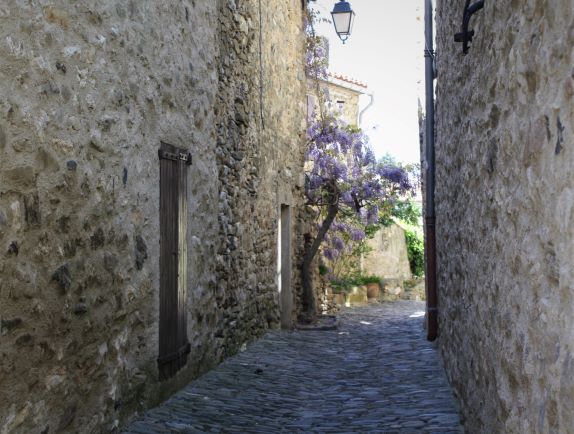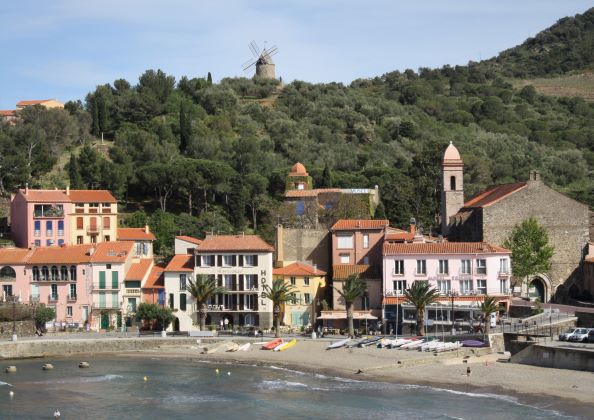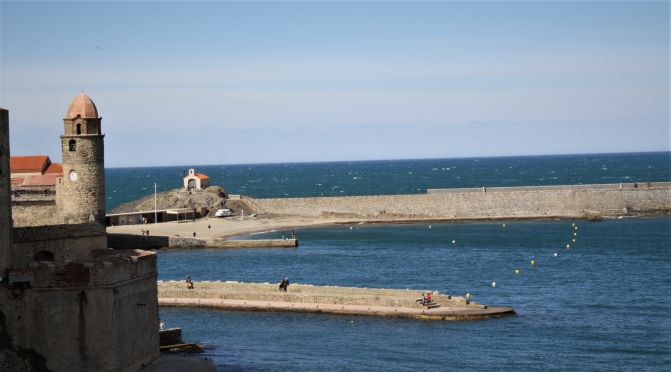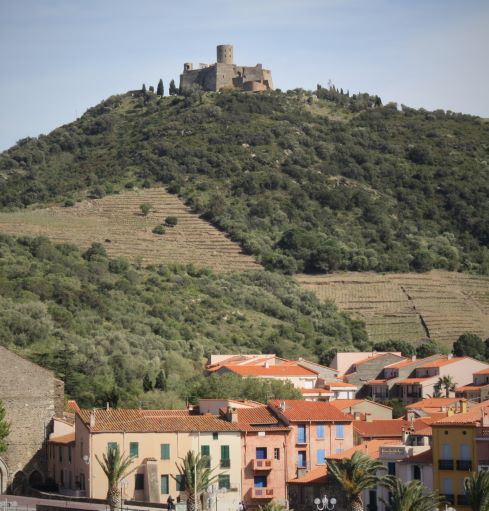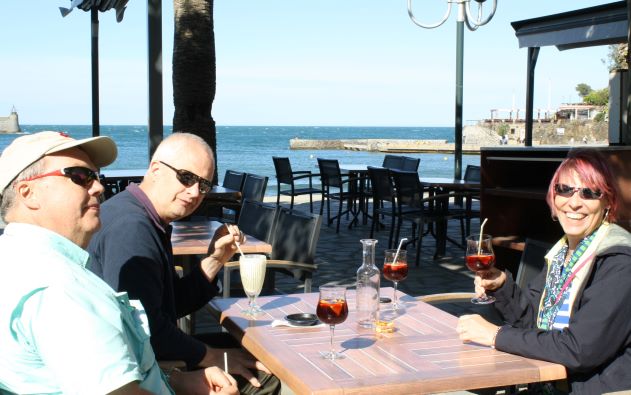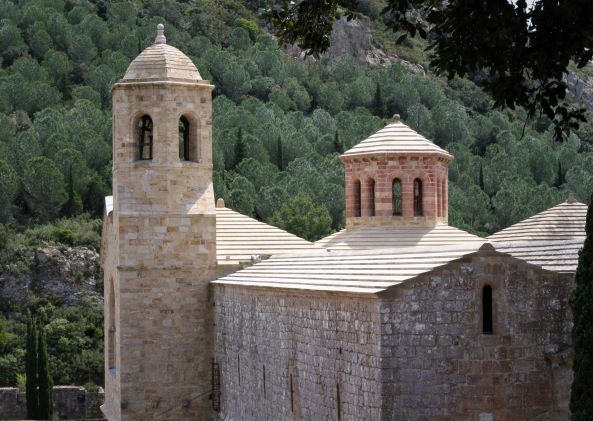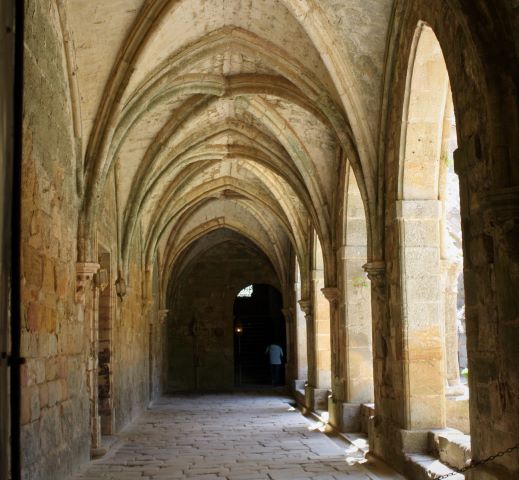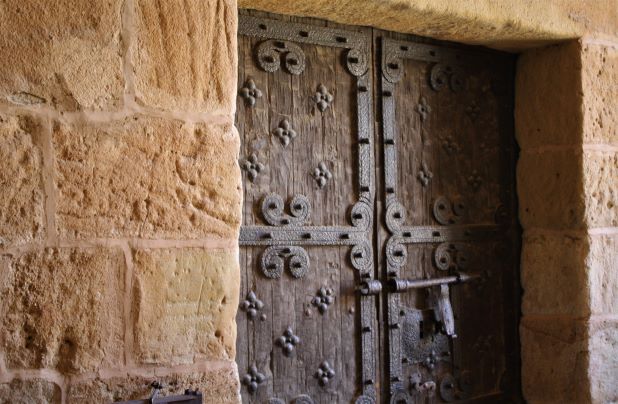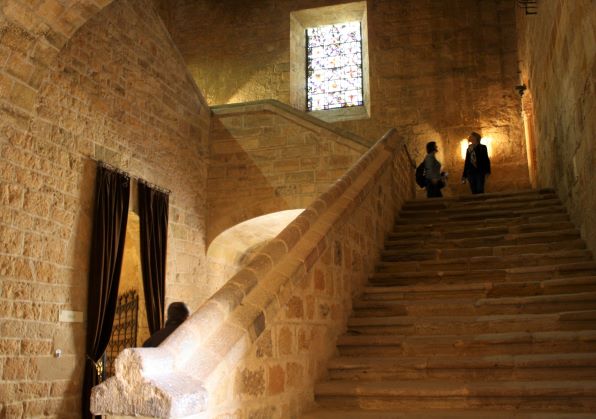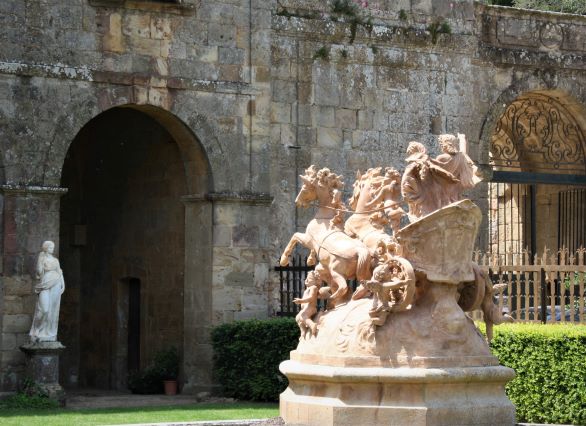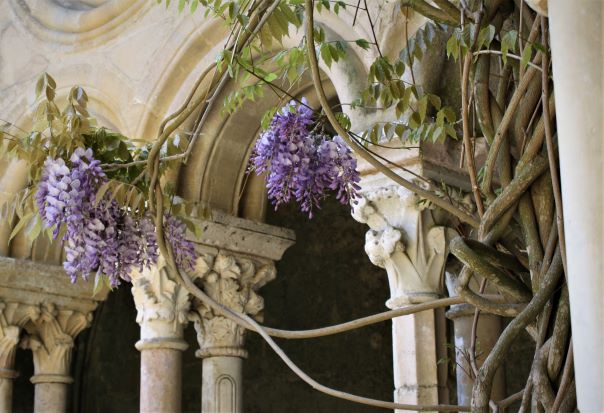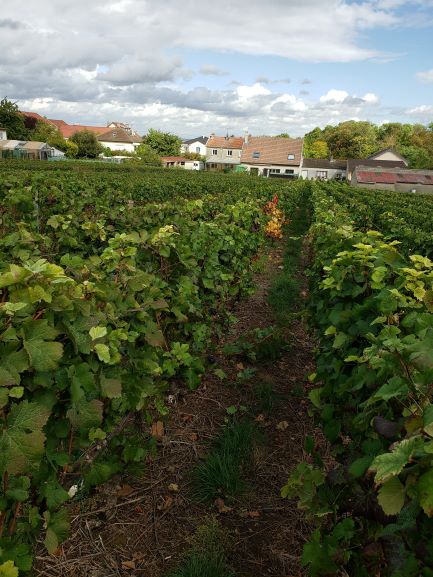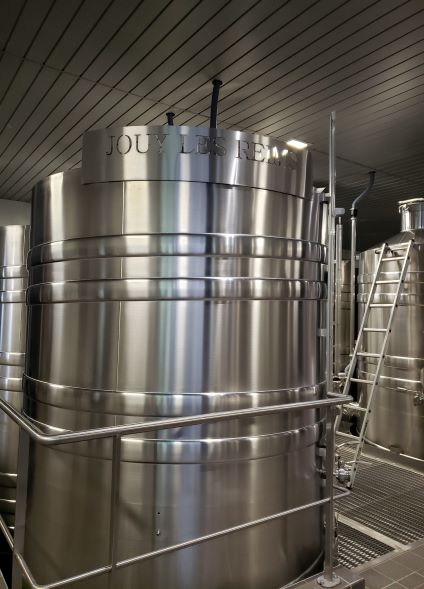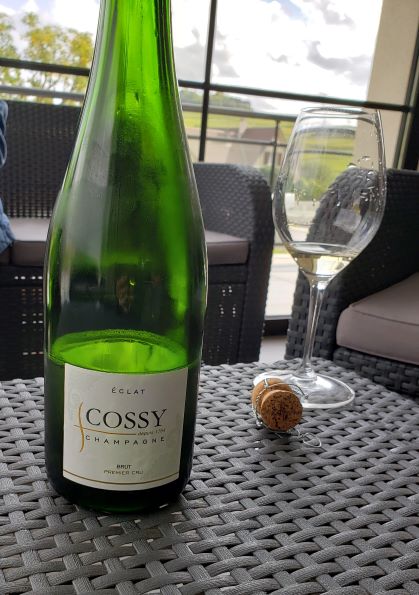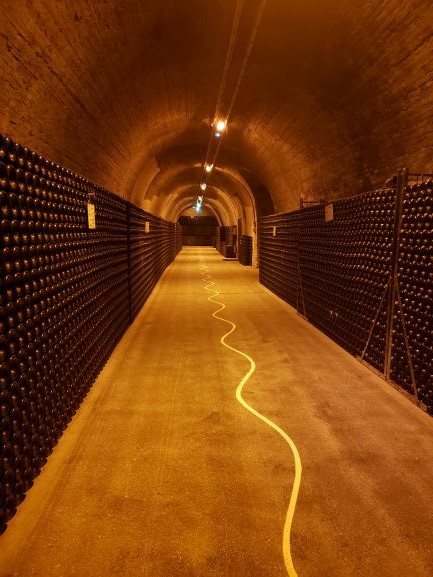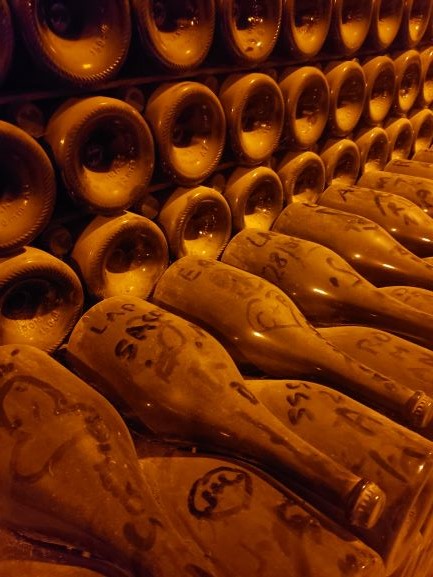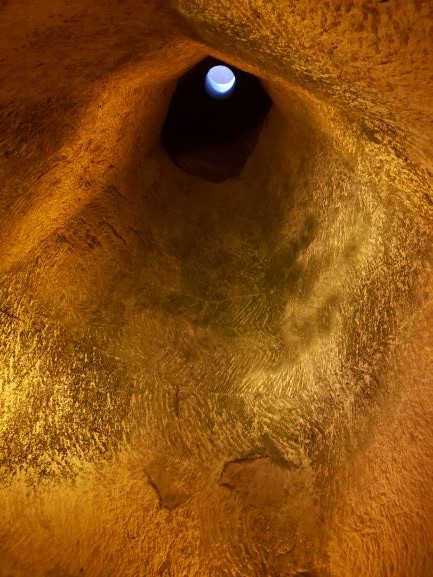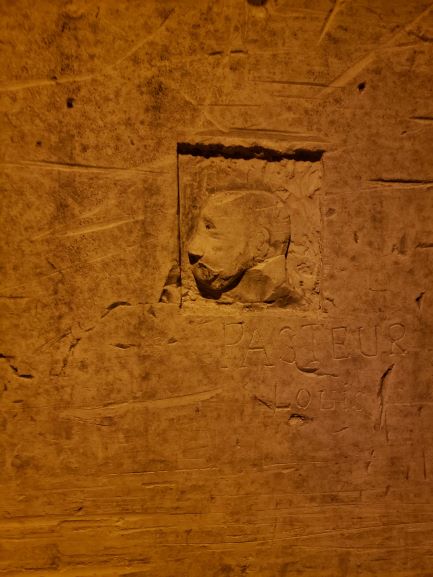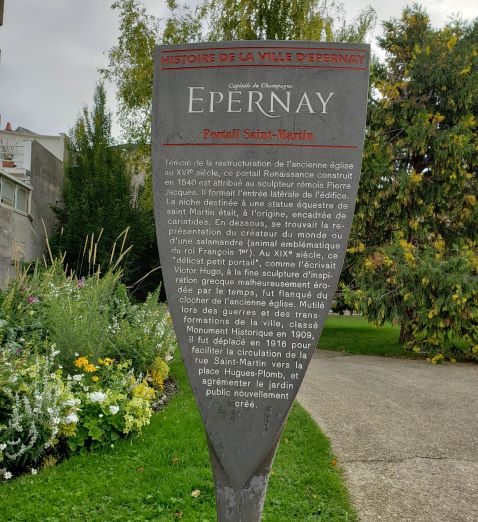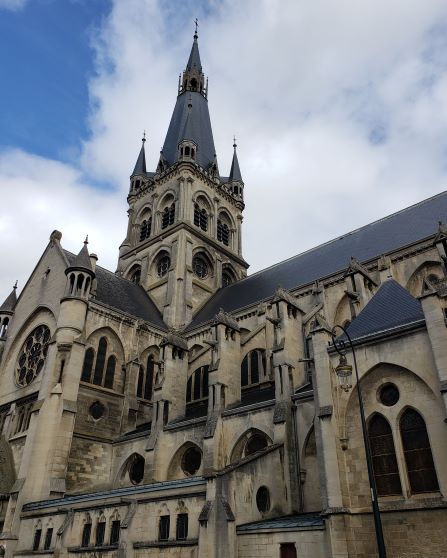Pont du Gard
Northeast of Nimes lies the town of Uzes. With its rich French heritage, considered the first duchy of France, and its dozens of small villages surrounded by oaks and pines Uzes has plenty to offer.
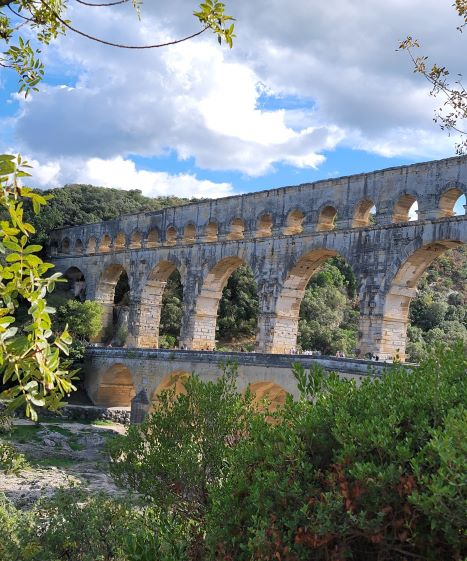
Perhaps the most famous and certainly a huge reminder is the Pont du Gard.
Located in the Occitanie region of France is the Pont du Gard, a three-story aqueduct bridge crossing the Gardon River. The Pont du Gard rests on a rocky base, creating a challenge for the builders.
A little history… Emperor Augustus, who expanded the city of Nimes, dreamt of making Nimes the rival to Rome. But, he needed water. There was a river. The river Eure met their needs, if they could get the water where they wanted it.
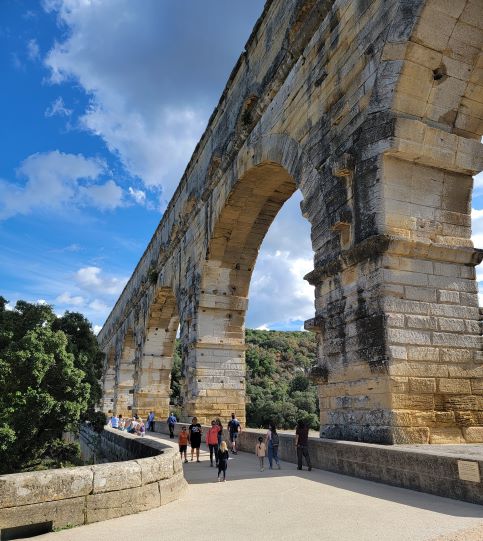
Emperor Claude decided to build an aqueduct, knowing there were two challenges. They had to bypass the Garrigues massif which separates Uzes from Nimes and they had to span the Gardon with its over 50-foot floods.
In only 15 years, the 49 meter high Pont du Gard was completed. At 52 km long, it is the highest in the Roman world. Stones from the Estel quarry, 500 meters away, were brought on flat-bottomed boats against a major river current. The arches of the aqueducts were massive at 24.5 meters. This was well over the norm at that time which was 13 meters. Nothing like that had ever been done.
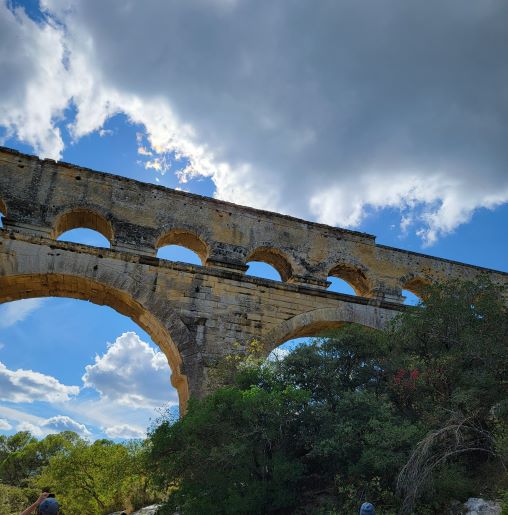
With the water the aqueduct was able to transport for fountains, spas, and houses of the privileged the city of Uzes grew from just a few thousand to over 22,000.
The Pont du Gard has been considered one of the major accomplishments of the Roman civilization. It ceased to function around the beginning of the 6th century. Today it is located at a distance from the villages with only two buildings close to it.
This is a true masterpiece of Roman construction. This most-visited ancient monument in France is listed as a world heritage site by Unesco. Take some time to explore this amazing site.
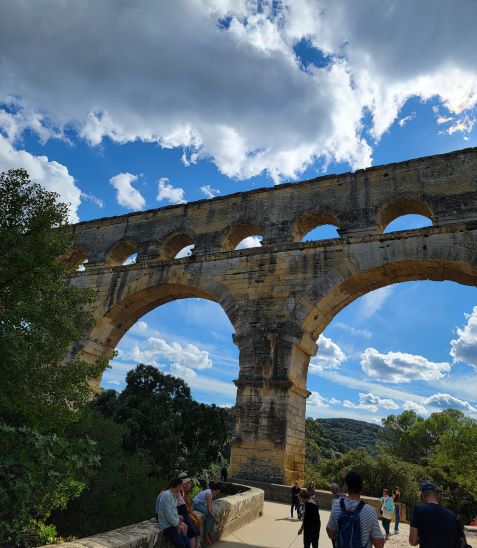
If You Go: The Pont du Gard is located at 400 Rte du Pont du Gard, 30210 Vers-Pont-du-Gard, France
